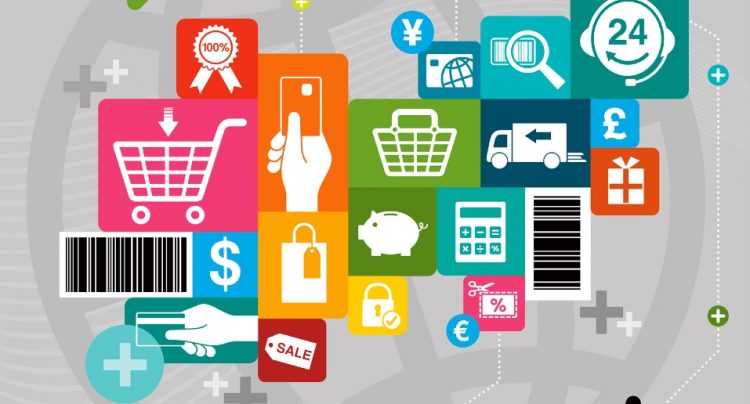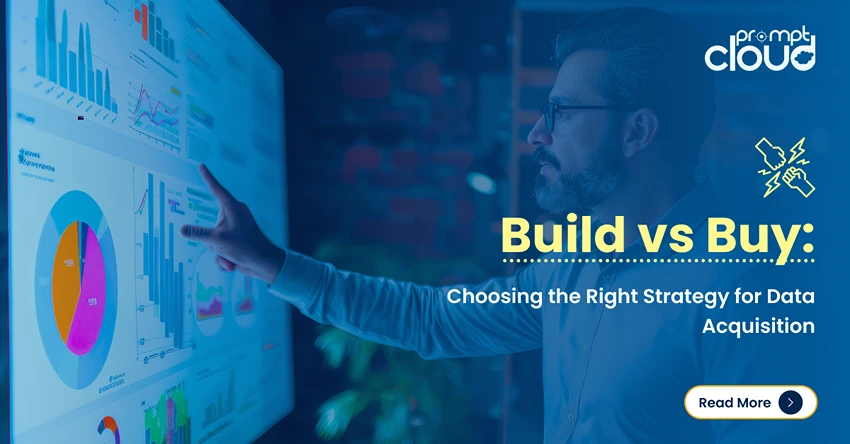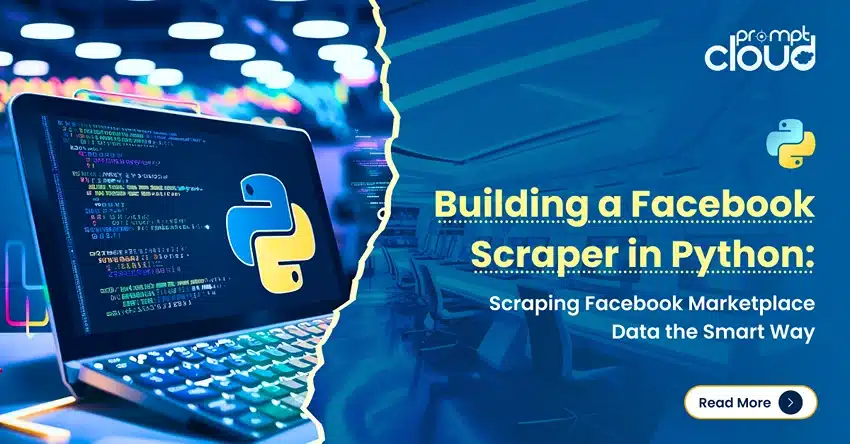Every sector or industry has distinctive characteristics. Whether you want to purchase a real estate property or just shop online, it will be crucial to follow certain industry-specific trends that define operations in these particular sectors. While the prime aspect in real estate is location, for e-commerce it would be product quality and price. Whenever a potential buyer plans to make a purchase, he or she will breeze through the products offered by various stores, make price comparisons, and then take the final decision.
If these principles define buying trends for the brick-and-mortar stores, virtual businesses and e-commerce stores won’t be different. Potential consumers will always compare costs and try to crack the best deal, no matter where they are shopping.
The need to stay ahead
If your prices fail to match up to your competitors or are greater than theirs, you will surely lose out on revenues and sales. By offering a lower price than what you are pitching in, your competitors will simply steal the deal. You have to be competitive, and that must reflect in your pricing strategies.
How far is competitive pricing crucial and beneficial for sales generation? The question might have popped up zillion times, but you haven’t come across a solid answer. Let’s see how the following stats can help you find an answer.
Statistics
87% of the American population cited price as a prime factor influencing their purchase decisions. The cost of a product or service plays a key role in determining purchase behaviors and influencing fortunes of a business.Smart and ingenious customers always look forward to maximizing their satisfaction and financial returns. They will always consider the price factor while planning a purchase. Especially, if you rank amongst that 17% who make comparisons between prices offered by two sources, you will check out product costs at regular intervals.
The need for price monitoring
That brings us to a conclusion, or rather the solution. If you wish to stay ahead of your competitors and earn huge ROIs, price monitoring and a robust pricing strategy will be of paramount significance in this regard.
Before you think of developing these crucial strategies, it’s highly imperative to identify your competition. The e-commerce market is highly competitive, and it won’t be an overstatement if we say it’s somewhat fierce. To develop an intelligent pricing strategy, you will have to know who your competitors are. That’s the first step to develop a proper pricing strategy. Here are two factors that play a vital role in the price monitoring process:
Price optimization: Most of the e-commerce owners live under the illusion that competitor price monitoring is the only way to pitch in a smart pricing strategy. Well, reality has a different story to narrate. As an e-commerce owner, you should develop a solid equation based on a few factors like:
- Your internal data that informs you about the sales figures and trends recorded by your brand.
- External data that gives you the desired information about competitor prices, product qualities, special events, holidays, etc.
All these factors together will help you develop a smart and intelligent pricing strategy for your products. 24*7 tracking and monitoring are quite essential for brands today. You are being tracked by your competitors every moment. So, there’s simply no point in letting loose!
Why do you need competitor monitoring?
Authentic products, exceptional user experience, and perfect customer support aren’t the only requisites of modern-day buyers. It’s a general notion that buyers would love to opt for cost-effective products and most of them will choose affordability over quality. Price comparison and optimization emerges as a prime requisite in that case. Especially, after you know that a whopping 60% of consumers consider costs as the most important factors while making purchase moves.
Pricing strategies to follow
Plotting the right and most effective pricing strategy isn’t that easy. While doing so, product developers might come across difficulties, and challenging situations. Distinctive and separate pricing policies will help you solve these issues and overcome the critical problems. Here are some strategies to opt for:
- Cost-oriented strategy: Calculate the unit price for your product and then add the profit margin to it. What you get is your actual price.
- Market-oriented prices: React to market trends, keep a tab on competitors, do some research, and price your products accordingly.
- Consumer-oriented price: Find out how much your consumers are ready to pay for a particular product or service. That will also give you an idea of their budgetary limits. You can set your prices in tandem with their limits.
- Vendor pricing: See what the manufacturer is charging for the product and blindly follow that.
These principles and strategies will help you develop a strong strategy for your business. You can also check some of the other strategies like charm pricing, prestige pricing, and anchor pricing that help you improve sales figures.
How to plan the process?
Web scraping and data extraction can prove to be effective ways to determine the right prices. If you are already planning to set the right prices for your products and heading towards the creation of smart pricing strategies, here’s what you need to know and follow:
1. Know your competitors
Develop crystal clear ideas of your competitors. Know their prices and try to identify the market forces that seem to favor them. You can rely on Google, Yahoo, and Bing to find out the performance of your competitors and then determine the price. Updating your data sets and information will help you find out the most significant factors associated with competitor pricing.
2. Know what you have
In simple words, identify those products that have the potential to fetch you a huge return. You should know which products can help you earn the leading spot in the professional market. The products that earn you more revenues and generate sales are the ones that can earn high data points.
Just 20% of your product lineup can fetch you a whopping 80% sales. At least that is what the Pareto Principle says. You should identify these products, create separate categories for them, classify them according to utilities, and then plot a strategy.
3. Scrape price data
Scraping competitor price data will give you an idea of the probable costs. Leverage a web scraping service and crawl through your competitors’ eCommerce portals. Set your eyes on a particular set of products and monitor their prices. You can determine the prices and costs accordingly.
4. Determining cost frequency
When you plan to monitor competitor prices, it will be imperative to determine the frequency too. Do you want to keep a tab on their costs at very frequently or wish to put gaps? Your frequency and the rate of operations happen to be a prime factor in the effectiveness of the price monitoring activity. Make sure you plan the process well before embarking on the web scraping project.
If we take a look at some of the top brands, they revise their pricing quite often. Depending on your needs and business objectives, you can perform the entire process monthly, weekly, bi-weekly, quarterly, hourly, and even annually. Before preparing the plan, check out the latest trends and try to follow pioneering companies.
Data extraction and analysis
Data analytics is of paramount significance in these projects. Once you have all the data sets and information before you, leverage some of the powerful analytics tools and run the data through them. There’s nothing more effective than data extraction when it comes to getting crucial information about a brand and its services.
By performing web scraping, you can gain access to competitor price data and use it to fine-tune your pricing engine. That will help you locate trends, identify price points, evaluate existing costs, and make educated predictions about your product prices. Some of the essentials required for this project include:
- A web scraping service provider
- An intelligent analytics system that can be used to automate pricing
The presence of automated technologies will help you prepare schedules, monitor pricing policies, and find out the various price points that are beneficial. Setting the right price will surely fetch you huge returns, and every business will want that. Or else you might have to lose it out to your fellow retailers.
Bottom line
Plotting a robust price monitoring strategy isn’t a choice, but a crucial necessity for you as an eCommerce business owner. Knowing competitor prices beforehand will help you strategize your pricing to gain an edge in the competition. This gives a huge advantage to you, as potential customers will choose them over the others, thus boosting your conversion rates.
A reliable and strong consumer base will strengthen your position in the e-commerce world. What better than an effective and smart pricing strategy can help you achieve that! With price monitoring, your work will turn into a cakewalk.




















